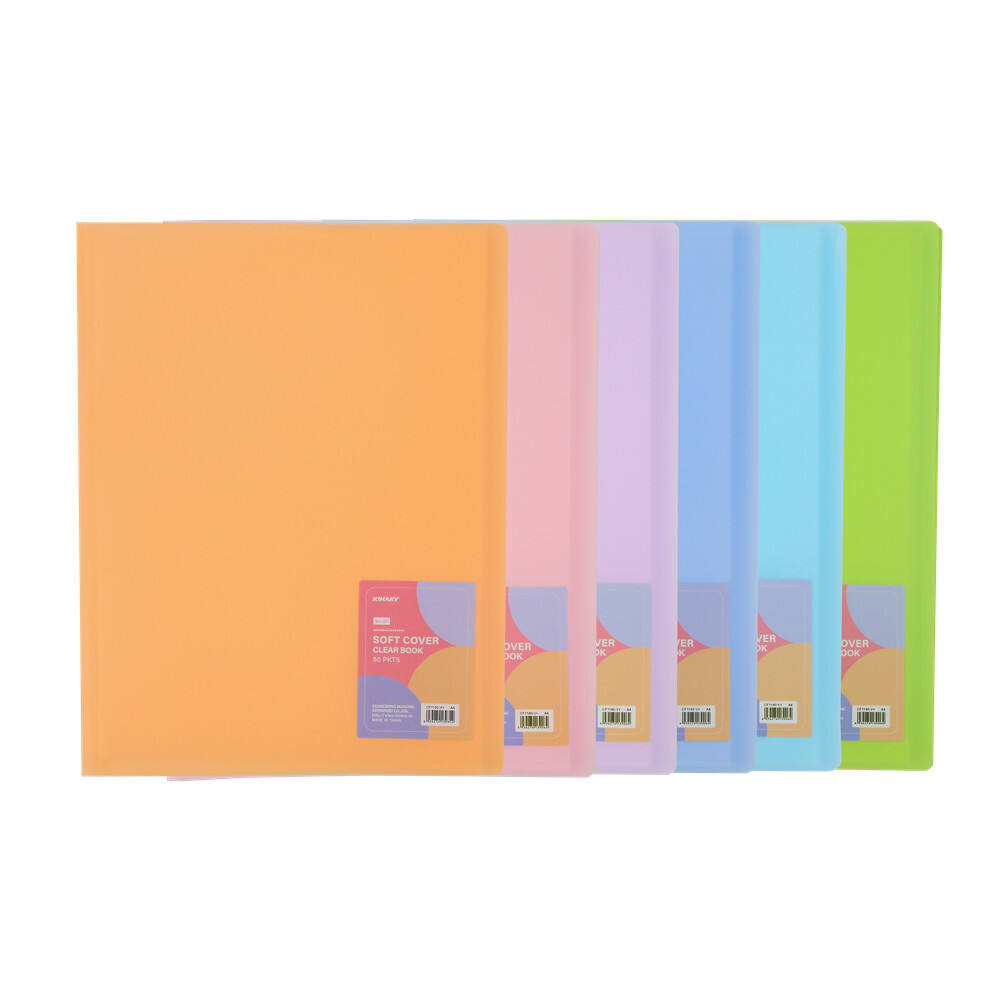Understanding Document Organization Solutions
Document management is a critical aspect of both professional and personal life, and an expanding file serves as an invaluable tool for maintaining order among your important papers. These versatile organizational solutions offer a systematic approach to storing and accessing documents, making them essential for anyone dealing with multiple categories of paperwork.
Whether you're a business professional managing contracts, a student organizing course materials, or a homeowner keeping track of household documents, selecting the right expanding file can transform your document management experience. The key lies in understanding the various features, materials, and designs available in today's market.
Key Features of Quality Expanding Files
Material and Durability Considerations
The foundation of any reliable expanding file lies in its construction material. Premium expanding files typically utilize heavyweight polypropylene or durable cardboard materials that withstand frequent handling. These materials offer protection against moisture, tears, and daily wear while maintaining their structural integrity over time.
When evaluating material quality, pay attention to the thickness of the dividers and outer casing. A well-constructed expanding file should feature reinforced edges and corners to prevent splitting or fraying, ensuring your documents remain protected for years to come.
Organizational Components
The internal structure of an expanding file plays a crucial role in its functionality. Look for features such as clearly labeled tabs, color-coded sections, and adjustable dividers that facilitate quick document retrieval. Some advanced models include index sheets and customizable labeling systems, allowing you to create a personalized organizational scheme.
Consider the number of compartments needed for your specific requirements. While basic expanding files might offer 5-7 sections, more comprehensive options can include up to 31 pockets, providing ample space for detailed categorization of documents.
Size and Capacity Requirements
Document Dimensions
Expanding files come in various sizes to accommodate different paper formats. The most common size is designed for letter-size documents (8.5" x 11"), but legal-size options (8.5" x 14") are also available for specialized needs. Some expanding files feature adjustable compartments that can handle multiple paper sizes within the same unit.
Consider not only the dimensions of your current documents but also any potential future needs. Selecting an expanding file that accommodates slightly larger papers provides flexibility as your document collection grows or changes.
Storage Volume Assessment
The expansion capacity of your file organizer directly impacts its practical utility. Standard expanding files typically offer 2-3 inches of expansion, while heavy-duty models can expand up to 5-6 inches. Evaluate your document volume and growth projections to determine the appropriate expansion capacity for your needs.
Remember that overfilling an expanding file can lead to structural damage and difficulty in accessing documents. Choose a capacity that allows for comfortable document insertion and removal while maintaining the file's integrity.
Portability and Storage Considerations
Closure Mechanisms
A secure closure system ensures your documents remain protected during transport and storage. Look for expanding files featuring elastic bands, snap closures, or flap systems that effectively contain the contents. Some premium models incorporate multiple closure points for enhanced security.
The ideal closure mechanism should be both reliable and easy to operate. Avoid complicated systems that might frustrate users or break with regular use. A well-designed closure should also accommodate the file when it's at maximum capacity.
Handling and Transport Features
For those who frequently move documents between locations, consider expanding files with built-in handles or shoulder straps. These features significantly improve portability while reducing strain during transport. Some models also include reinforced bottoms or protective corners to withstand the rigors of regular movement.
The weight of the expanding file itself should also factor into your decision. While durability is important, an unnecessarily heavy organizer can become cumbersome, especially when filled with documents.
Special Features and Innovations
Weather Resistance
Modern expanding files often incorporate weather-resistant features to protect documents from environmental factors. Look for water-resistant materials and sealed edges that prevent moisture infiltration. Some premium models offer complete waterproof protection, ideal for outdoor use or environments where water exposure is a concern.
Consider whether your documents require additional protection from dust, UV rays, or other environmental factors. Specialized expanding files with enhanced protective features may be worth the investment for sensitive materials.
Security Elements
When handling confidential documents, security features become paramount. Some expanding files include lock mechanisms, combination closures, or tamper-evident seals. These features provide peace of mind when storing sensitive information and help maintain document confidentiality.
Advanced security options might include RFID-blocking materials or specialized compartments for particularly sensitive documents. Evaluate your security needs and choose an expanding file that offers appropriate protection levels.
Frequently Asked Questions
How often should I replace my expanding file?
The lifespan of an expanding file depends on usage frequency and care. With proper handling, a quality expanding file should last 2-3 years of regular use. Signs that indicate replacement needs include worn edges, loose closures, or compromised expansion capability.
Can expanding files protect documents from water damage?
While many expanding files offer water resistance, only specially designed waterproof models provide complete protection against water damage. Standard expanding files may offer basic protection against light moisture but shouldn't be relied upon for full waterproofing.
What is the best way to organize documents within an expanding file?
Implement a logical categorization system, such as alphabetical, chronological, or subject-based organization. Use the included tabs or labels consistently, and consider creating an index sheet for quick reference. Regular maintenance and periodic reorganization help maintain an efficient filing system.
How can I prevent documents from slipping out of the expanding file?
Choose an expanding file with secure closure mechanisms and avoid overfilling compartments. Position the file upright when stored, and ensure all documents are fully inserted into their designated sections. Some users add additional elastic bands for extra security during transport.


